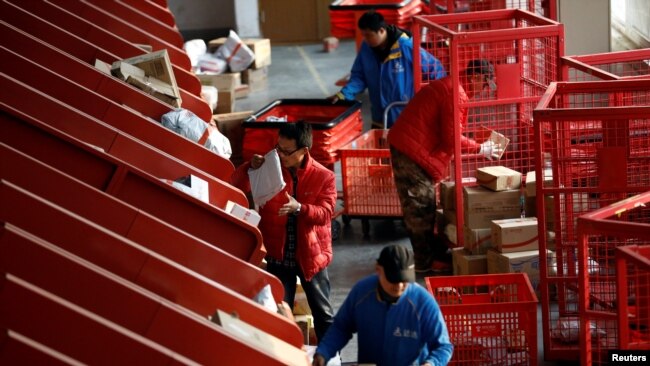HOUSTON — The engine of the U.S. offshore energy production struggled to recover from Hurricane Ida on Friday as a lack of crews, power and fuel left most Gulf Coast oil and gas output offline five days after the storm passed.
Ports were reopening, crews returning to offshore facilities and some pipelines restarted as companies completed post-storm evaluations. But getting oil flowing again was more difficult as damage at hubs slowed larger facilities. A lack of power onshore kept some refiners sidelined.
About half the originally evacuated platforms remained unoccupied and 93% of oil production and 89% of natural gas was offline, government data showed. Some wells in the Gulf of Mexico, which accounts for about a fifth of U.S. output, could be shut for weeks, analysts said.
EMERGENCY OIL
The White House sought to ease worries about regional fuel shortages by providing a combined 1.8 million barrels of crude oil from the nation’s Strategic Petroleum Reserve (SPR) to refiners’ Exxon Mobil and Placid Refining Company to produce gasoline.
An offshore transfer station that funnels oil and gas from three large oilfields remained shut on Friday. Some 1.7 million barrels of oil and 1.99 billion cubic feet natural gas output were offline, government data released on Friday showed.
The Louisiana Offshore Oil Port, the primary U.S. deepwater export terminal near where the storm made landfall, also remained closed, according to its website. A prolonged outage could hamper U.S. crude oil exports to Asia, said analysts.
“Refiners might resort to the SPR to request crude as Exxon did if pipelines from the Gulf are not ready” by mid-month, said Robert Campbell, head of oil products research at consultancy Energy Aspects. “This is going to be a long recovery.”
DAMAGES OFFSHORE
Chevron said none of its platforms were damaged and it returned workers to all six by Friday. Two offshore pipelines operated by Enbridge were ready to return to service.
But Royal Dutch Shell, the largest Gulf of Mexico oil and gas producer, said it has recovered just 20% of usual production.
Ida damaged an offshore facility called West Delta-143 that connects three large oil basins accounting for an eighth of the Gulf’s oil production, Shell said. The extent of damage was not immediately clear.
“Shell’s West Delta situation is an indication of how slow recovery will be this time,” said Aaron Brady, an analyst with consultancy IHS Markit. “We can expect that a significant amount of oil is likely to be offline for some time, possibly weeks.”
Damages to offshore oil facilities could cost insurers about $1 billion, estimated CoreLogic.
PORTS REOPENING
Most Louisiana ports have reopened, including the Port of New Orleans, while Port Fourchon, an offshore resupply hub, reopened on Thursday for daylight operations only. Extensive damage at Port Fourchon were affecting deliveries to offshore platforms, analysts said.
Louisiana’s largest utility Entergy Corp late Friday took steps to remove transmission lines in the Mississippi River blocking vessels from reaching oil refineries west of New Orleans. The company did not immediately reply to requests for comment on the effort.
About 820,000 homes and businesses in the state lacked power, according to tracking firm PowerOutage.com. About two-thirds of gasoline stations from New Orleans to Baton Rouge were without fuel, said gasoline tracker GasBuddy.
Tony Odak, chief operating officer of Stone Oil Distributor, which supplies fuel to offshore producers, said he has begun getting supplies from as far away as Port Arthur and Galveston, Texas.
“We are securing resupply outside the Mississippi River right now,” said Odak. (Reporting by Marianna Parraga, Liz Hampton, Sabrina Valle and Arathy Nair; Writing by Gary McWilliams; Editing by Richard Pullin, Louise Heavens, David Gregorio and Cynthia Osterman)



















